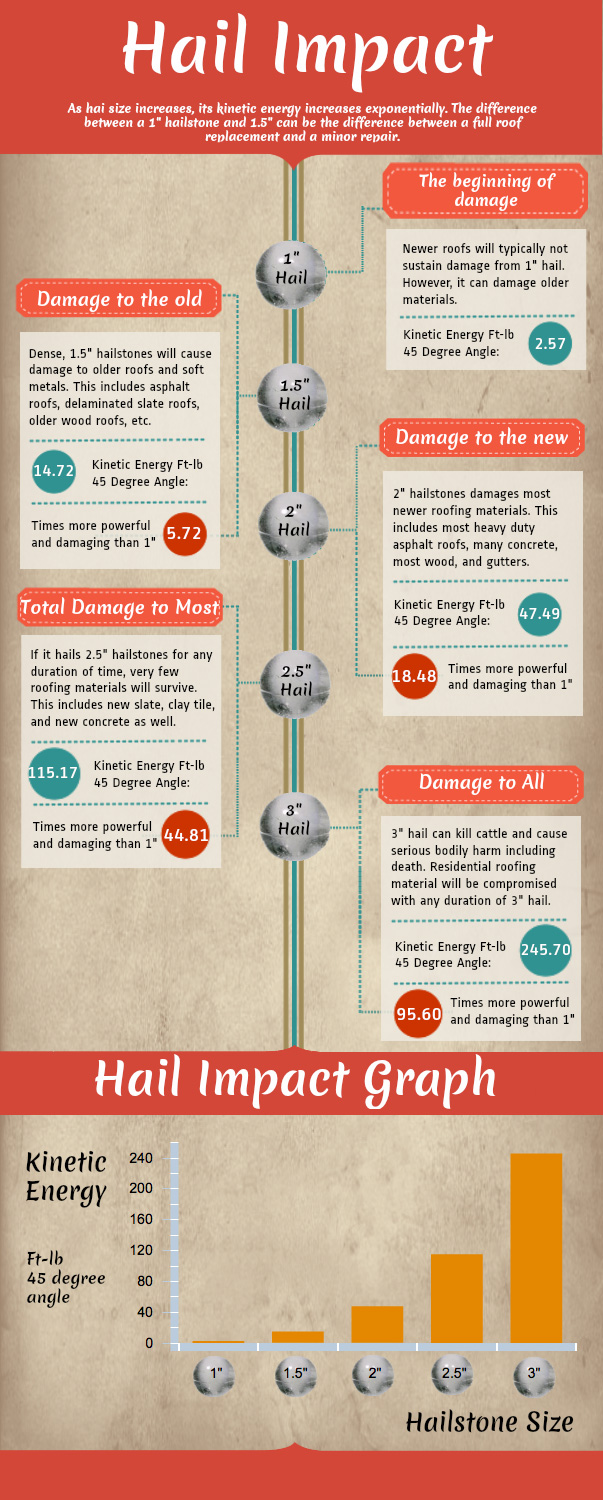Understanding The Innovation And Functionality Of Solar Panels: A Newbie'S Introduction
Understanding The Innovation And Functionality Of Solar Panels: A Newbie'S Introduction
Blog Article
Published By- solar system installation cost , you've become aware of solar panels and their prospective to produce power from sunshine, but just how specifically do they work? Comprehending the complex modern technology behind solar panels can be a remarkable trip right into the globe of renewable energy. From the basic concepts of photovoltaic cells to the complex components that make up a solar panel system, there's an entire world of knowledge waiting to be checked out. Let's decipher the mysteries of solar panel technology with each other.
Solar Panel Innovation Basics
To really comprehend the significance of photovoltaic panel modern technology, you must explore the fundamental concepts that underpin its capability. Photovoltaic panel include photovoltaic cells, commonly made from silicon, which have the remarkable capacity to transform sunshine right into electricity with the solar effect. When sunlight hits the cells, the photons in the light interact with the silicon atoms, triggering the electrons to damage free from their atomic bonds. This produces an electrical current that can then be taken advantage of for powering various devices.
The crucial element of photovoltaic panels is the semiconductors within the solar batteries, which promote the conversion of sunshine into functional electricity. These semiconductors have both positive and negative layers, producing an electrical field that permits the circulation of electrons.
This flow of electrons, when linked in a circuit, generates straight existing (DC) electricity. Comprehending these standard concepts is important for valuing exactly how photovoltaic panels can harness the sunlight's energy to power homes, businesses, and even satellites precede.
Exactly How Solar Panels Generate Electricity
Solar panels harness the sun's energy by converting sunshine right into electricity with a process referred to as the photovoltaic impact. When https://www.news24.com/citypress/personal-finance/tax-benefits-for-solar-and-other-renewable-energy-20230224 strikes the photovoltaic panels, the photons (light fragments) are absorbed by the semiconducting products within the panels, typically made of silicon. This absorption creates an electrical current as the photons knock electrons loose from the atoms within the product.
The electric areas within the solar batteries after that compel these electrons to flow in a specific direction, producing a direct present (DC) of electricity. This direct current is after that travelled through an inverter, which transforms it into rotating current (AIR CONDITIONER) electrical power that can be made use of to power your home or organization.
Excess electrical energy generated by the photovoltaic panels can be stored in batteries for later usage or fed back right into the grid for debt via a process called net metering. Recognizing just how solar panels produce power is crucial to valuing the environmental and cost-saving benefits of solar energy systems.
Comprehending Photovoltaic Panel Parts
One critical facet of solar panel modern technology is comprehending the numerous parts that comprise a solar panel system.
The vital components of a solar panel system consist of the photovoltaic panels themselves, which are made up of solar batteries that convert sunlight into electrical energy. These panels are placed on a framework, often a roofing, to record sunlight.
In addition to the panels, there are inverters that transform the straight existing (DC) electricity generated by the panels right into alternating existing (AIR CONDITIONING) electrical power that can be used in homes or services.
https://solar-energy-companies-ne09764.blogdal.com/29750472/a-contrast-of-solar-panel-types-locating-the-best-suitable-for-your-residential-demands consists of racking to sustain and place the solar panels for optimal sunlight exposure. Furthermore, wires and adapters are essential for moving the power created by the panels to the electric system of a structure.
Lastly, a tracking system may be included to track the efficiency of the photovoltaic panel system and guarantee it's operating effectively. Recognizing these elements is important for anybody aiming to set up or use solar panel technology properly.
Conclusion
Since you recognize the fundamentals of solar panel innovation and just how it works, you can appreciate the power of using sunshine to produce tidy and renewable energy for your building. By making use of the photovoltaic impact and components like inverters and checking systems, you can contribute to an extra lasting future while likewise possibly saving on energy costs. Maintain knowing and discovering the possibilities of solar power for a greener tomorrow.
